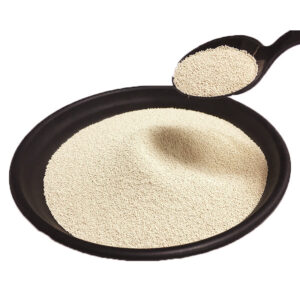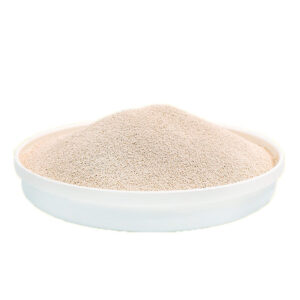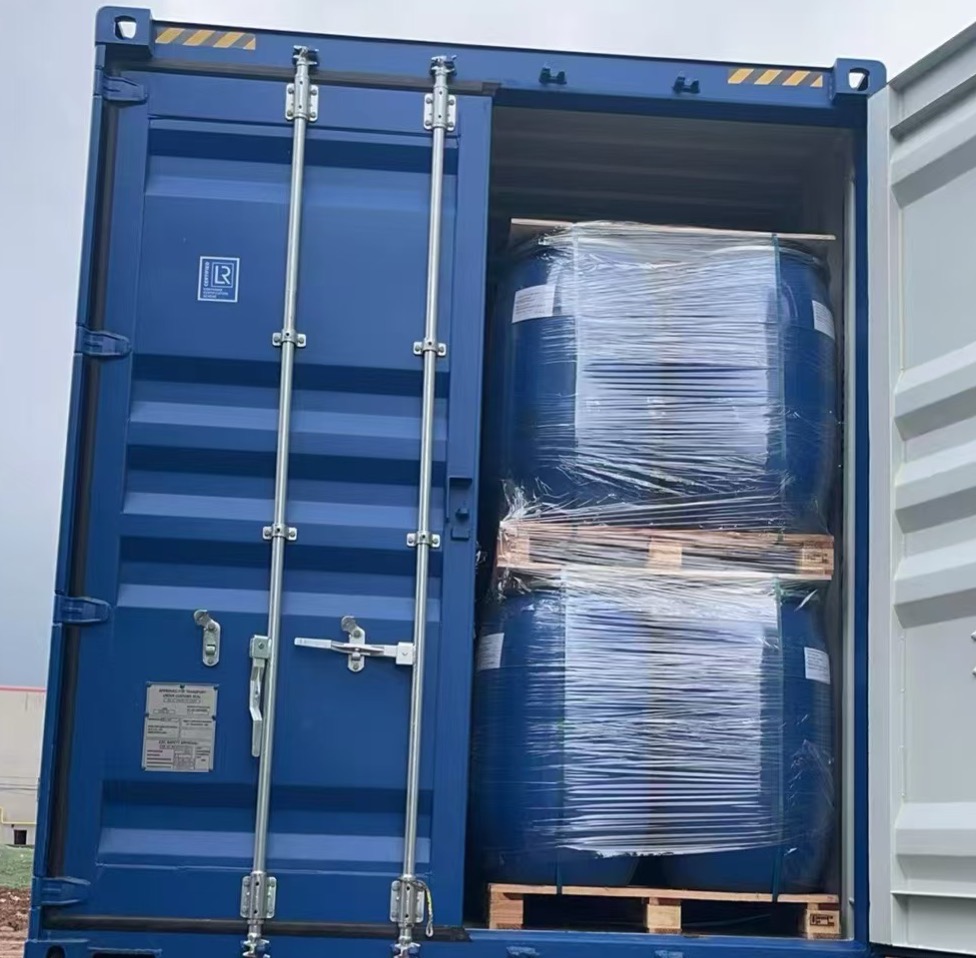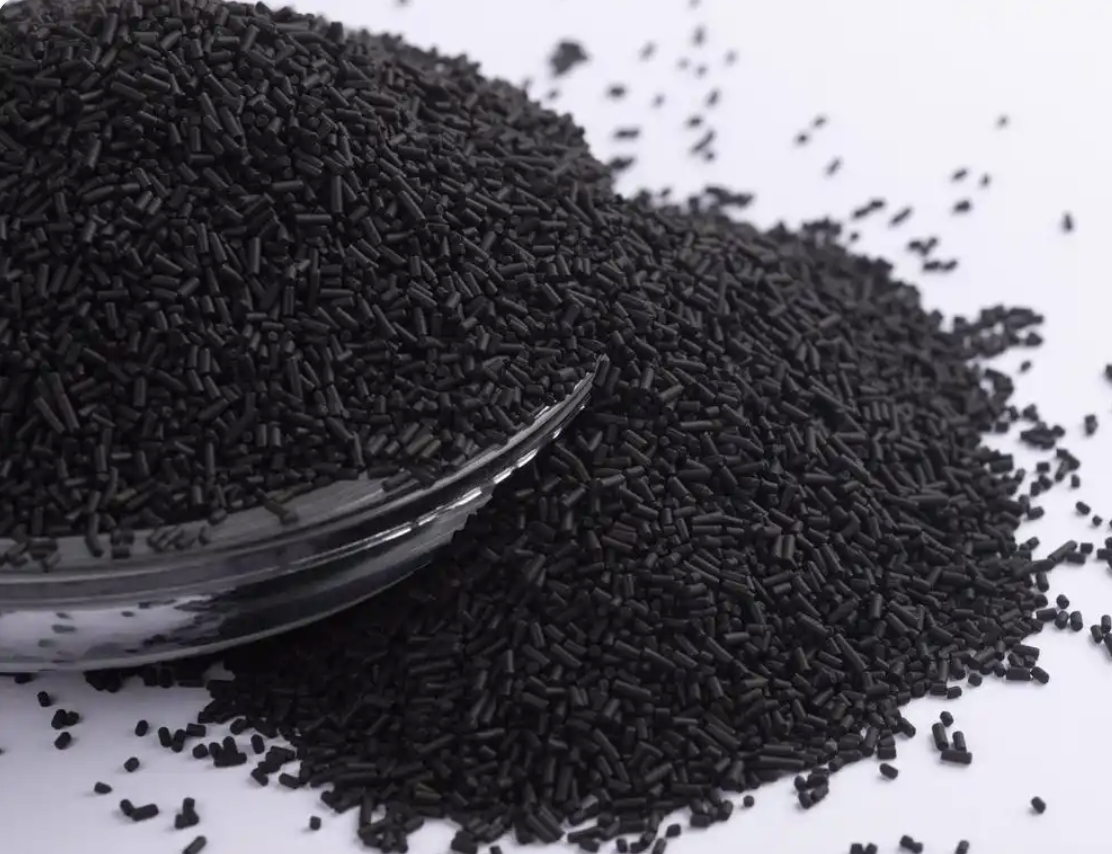The Design Principle of Pressure Swing Adsorption Oxygen Generator
With the development of technology, pressure swing adsorption (PSA) oxygen generators have gradually become an important equipment in the field of oxygen production. Their application scope is extensive, including industries, laboratories, environmental protection, and many other fields. This article will provide a detailed introduction to the working principle, main components, and design considerations of PSA oxygen generators.
1. Working Principle
The core principle of PSA oxygen generators is to separate gases by utilizing the different adsorption capacities of gases at different pressures. The specific steps are as follows:

(1) Inlet: The oxygen generator first introduces air through the inlet valve into the system. The main components of air are nitrogen and oxygen, with nitrogen accounting for approximately 78% and oxygen approximately 21%.
(2) Adsorption Process: The introduced air passes through the adsorption tower, where a specific adsorbent (such as zeolite molecular sieve) is filled. Under high pressure conditions, nitrogen molecules, due to their smaller size, are preferentially adsorbed by the adsorbent, while oxygen is relatively less adsorbed, resulting in the gradual enrichment of oxygen in the tower.
(3) Desorption Process: When the adsorbent in the tower becomes saturated, the system reduces the pressure, causing the adsorbed nitrogen to be released. At this time, oxygen can be extracted, forming a high-purity oxygen stream.
(4) Cycling Process: In a complete working cycle, usually two adsorption towers operate alternately, with one absorbing oxygen and the other performing desorption at a lower pressure. This alternating operation mode ensures the continuous production of oxygen.
2. Main Components
The design of PSA oxygen generators typically includes several key components:
(1) Adsorption Tower: The adsorption tower is the core part of the PSA oxygen generator, usually made of pressure-resistant materials and filled with adsorbents (such as zeolite molecular sieve). The design of the adsorption tower needs to consider the flow characteristics of gases and the selection of adsorbents to improve oxygen production efficiency.
(2) Valve System: The valve system is used to control the direction of gas flow in and out, ensuring the smooth operation of the adsorption and desorption processes. The selection and layout of valves have a significant impact on the operation efficiency of the system.
(3) Compressor: The compressor is responsible for compressing air to the required working pressure. The performance of the compressor directly affects the energy consumption and oxygen production efficiency of the oxygen generator, so it is necessary to select efficient compression equipment.
(4) Control System: Modern PSA oxygen generators usually have an automatic control system to monitor and regulate working parameters such as pressure, temperature, and flow rate to ensure the stable operation of the system.
3. Design Considerations
When designing PSA oxygen generators, multiple factors need to be considered to ensure the performance and reliability of the equipment:
(1) Selection of Adsorbents: Different types of adsorbents have different adsorption capacities for oxygen and nitrogen. When designing, it is necessary to select appropriate adsorbents based on the expected oxygen purity and production volume.
(2) Pressure and Temperature: Working pressure and temperature have significant impacts on the oxygen production process. Designing ensures that the equipment operates safely within the specified pressure and temperature range to improve oxygen production and purity.
(3) Energy Consumption Optimization: The energy consumption of PSA oxygen generators is an important factor affecting their economic performance. Through optimized design, selection of efficient components, and rational working processes, energy consumption can be effectively reduced.
(4) Maintenance and Safety: Equipment maintenance and safety are equally important. Design should consider the ease of maintenance and operational safety to reduce operational risks.

4. Application Areas
PSA oxygen generators are widely used in multiple fields due to their high efficiency and economic advantages:
(1) Industry: In industries such as metallurgy and chemical engineering, oxygen is often used in combustion and oxidation reactions. The application of oxygen generators can effectively reduce production costs. (2) Laboratory: Many laboratories have a demand for high-purity oxygen. The pressure swing adsorption oxygen generator can provide a stable and reliable oxygen source to meet the experimental needs.
(3) Environmental protection: In the fields of waste gas treatment and water treatment, the addition of oxygen can promote biodegradation and wastewater treatment, improving the treatment efficiency.
(4) Aerospace: In the aerospace field, the supply of oxygen is crucial for the life support system. The pressure swing adsorption oxygen generator provides a convenient and reliable oxygen solution.
5. Summary
The pressure swing adsorption oxygen generator is an important oxygen production technology. Its design principle is based on the adsorption characteristics of gases under different pressures. Through reasonable design and optimization, the pressure swing adsorption oxygen generator can efficiently produce high-purity oxygen and is widely used in industries, laboratories, and environmental protection fields. With the continuous advancement of technology, the performance and efficiency of the pressure swing adsorption oxygen generator will also continue to improve, providing more convenient oxygen solutions for all industries.



